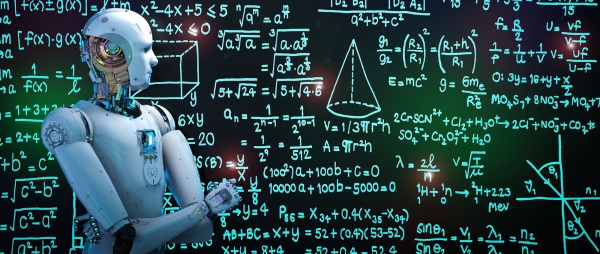posted on Apr 23, 2018 by NelsonHall Analyst

2017 brought a surge of RPA deployments across industries, and in 2018 that trend has accelerated as more and more firms begin exploring the many benefits of a digital workforce. But even as some firms are just getting their RPA projects started, others are beginning to explore the next phase: cognitive automation. And a common challenge for firms is the desire to begin planning for a more intelligent digital workforce while automating simpler rule-based processes today.
Having spoken with organizations at different stages of their journeys from BI to RPA and on to cognitive, there are tasks that companies can begin during RPA implementation to ensure that they are well positioned for the machine learning-intensive demands of cognitive automation:
Design insight points into the process for machine learning
Too often, the concept of STP gets conflated with the idea of measuring task automation only on completion. But for learning platforms, it is vital to understand exactly where variance and exceptions arise in the process – so allow your RPA platform to document its progress in detail from task inception to task completion.
At each stage, provide a data outlet to track the task’s variance on a stage-by-stage basis. A cognitive platform can then learn where, within each task, variance is most likely to arise – and it may be the case that the work can be redesigned to give straightforward subtasks to a lower-cost RPA platform while cognitive automation handles the more complex subtasks.
Build a robot with pen & paper first
One of the basic measures for determining whether a process can be managed by BPM, by RPA, or by cognitive automation is the degree to which it can be expressed as a function of rigorous rules. So, begin by building a pen-and-paper robot – a list of the rules by which a worker, human or digital, is expected to execute against the task.
Consider ‘borrowing’ an employee with no familiarity with the involved task to see if the task is genuinely as straightforward and rule-bounded as it seems – or whether, perhaps, it involves a higher order of decision-making that could require cognitive automation or AI.
Use the process to revisit the existing work design
In many organizations, tasks have ‘grown up’ inorganically around inputs from multiple stakeholders and have been amended and revised on the fly as the pace of business has demanded. But the migration first to RPA and then on to cognitive automation is a gift-wrapped opportunity to revisit how, where, and when work is done within an organization.
Can key task components be time-shifted to less expensive computing cycles overnight or on weekends? Can whole tasks be re-divided into simpler and more complex components and allocated to the lowest-cost tool for the job?
Dock the initiative with in-house ML & data initiatives
Cognitive automation does not have to remain isolated to individual task areas or divisions within an organization. Often, ML initiatives produce better results when given access to other business areas to learn from. What can cognitive automation learn about customer service tasks from paying a ‘virtual visit’ to the manufacturing floor via IoT? Much, potentially – especially if specific products or parts are difficult to machine to tolerance within an allowed margin of error, they may be more common sources of customer complaints and RMAs.
Similarly, a credit risk-scoring ML platform can learn from patterns of exception management in credit applications being managed in a cognitive automation environment. For ML initiatives, enabling one implementation to learn from others is a key success factor in producing ‘brilliant’ organizational AI.
Revisit the organizational data hygiene & governance models
Data scientists will be the first to underscore the importance of introducing clean data into any environment in which decision-making will be a task stage. Data with poor hygiene, and with low levels of governance surrounding the data cleaning and taxonomy management function, will create equally poor results from cognitive automation technology that utilizes it to make decisions.
Cognitive software is no different than humans in this respect; garbage in, garbage out, as the old saying goes. As a result, a comprehensive visitation of organizational data hygiene and governance models will pay dividends down the road in cognitive work.
Discuss your vendor’s existing technology & roadmap in cognitive & AI
Across the RPA sector, cognitive is a central concept for most vendors’ 2018-2020 roadmaps. Scheduling a working session now on migrating the organization from RPA to cognitive automation provides clients with insight on their vendor’s strengths and capability set. It also enables vendors to get a close look at ‘on the ground’ cognitive automation needs in different organizational task areas.
That’s win/win – and it helps ensure that an existing investment in vendor technology is well-positioned to take the organization forward into cognitive based on a sound understanding of client needs.
NelsonHall conducts continuous research into all aspects of RPA and AI technologies and services as part of its RPA & Cognitive Services research program. A major report on RPA & AI Technology Evaluation by Dave Mayer has just been published, and coming soon is a major report on Business Process Transformation through RPA & AI by John Willmott. To find out more, contact Guy Saunders.

Apr 23, 2018, by Guy Kirkwood